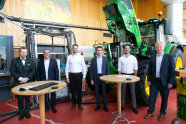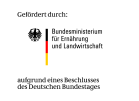Research and development project MuSt5-Trak
Development and field test of a multi-fuel tractor compliant with emission stage V
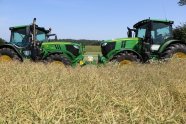
Goal
The overall goal of this joint research project is the development of a European emission stage V multi-fuel tractor with the highest possible fuel flexibility combined with a high level of operative reliability and a low barrier for biofuels regarding market entry. The first sub-project is carried out by the project coordinator John Deere and is aimed to develop an algorithm for fuel detection, which is later on tested by implementing it in an engine control software and testing it on a test machine. The second sub-project, which is carried out by the Technology and Support Centre (TFZ) is tasked with testing and rating sensors for fuel recognition and field tests of the multi-fuel concept. The third sub-project which is the testing of sensors on an engine test bench and the optimization of the engine is conducted by the TU Kaiserslautern.
Methodology
The major project parts of the sub-project are:
- Evaluation of sensors
- Development of a model for fuel detection
- Emission and performance tests on the tractors with different fuels and fuel mixtures on the tractor test stand
- Field tests with the tractors with rapeseed oil as well as in multi-fuel mode
Closing Event
John Deere demonstrated that fuel detection is possible with existing internal engine sensors and used them for defined switching of engine maps in a field test machine. By using artificial intelligence, further refinements could be made to the fuel detection algorithm.
The Technical University of Kaiserslautern supported the project with data generation at the engine test bench for the fuel detection algorithm. Additionally a solution for particle filter regeneration with vegetable oil fuels was developed. The TUK studies have also shown that there is significant potential for inner-engine emission reduction through rapeseed oil fuel and rapeseed oil-diesel blends.
Tractor test stand trials and fuel sensor tests were conducted at the Technology and Support Centre. It could be shown that the tractors with multi-fuel concept meet the performance level of diesel operation with all fuel blends, while also complying with the current emission limits. The investigations of the fuel sensors showed that they are suitable for fuel detection, especially when the limits of detection are reached by internal engine sensors.
Through the multi-fuel concept, the possibility of a sustainable alternative for the propulsion of agricultural vehicles was demonstrated and tested. The knowledge gained can be incorporated into future vehicle development of the project partner John Deere and thus have a lasting influence on the range of agricultural technology.
Aktivierung erforderlich
Durch das Klicken auf diesen Text werden in Zukunft YouTube-Videos im gesamten Internetauftritt eingeblendet.Aus Datenschutzgründen weisen wir darauf hin, dass nach der dauerhaften Aktivierung Daten an YouTube übermittelt werden.
Auf unserer Seite zum Datenschutz erhalten Sie weitere Informationen und können diese Aktivierung wieder rückgängig machen.
Current impressions
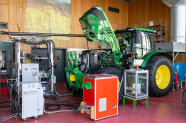
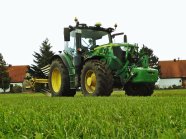
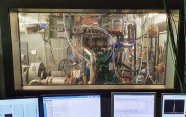
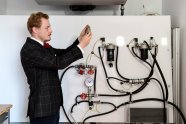
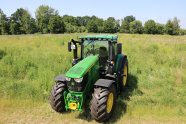
Information on rapeseed oil as fuel is provided in the booklet TFZ Kompakt 8.
TFZ-Kompakt 8 - Rapsöl als Kraftstoff für Traktoren (DE) ![]() 1,9 MB
1,9 MB
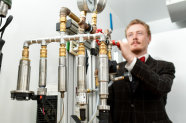
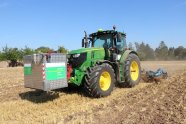
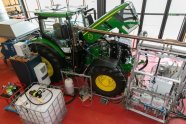
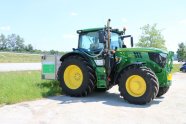
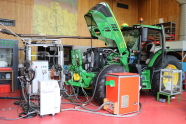
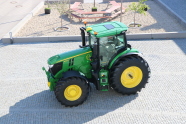
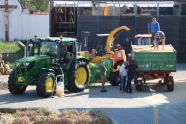
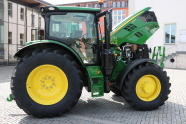
Results
- Model-based fuel detection using the standard sensor technology works for pure fuels.
- Sensor-based fuel detection of diesel fuel, biodiesel and rapeseed oil fuel as well as their blends is possible.
- Fuel-specific engine maps enable engine performance at the same level. This also allows the emission limits to be met for all tested fuels and fuel blends.
- Rapeseed oil fuel offers potential to reduce in-engine emissions compared to diesel fuel.
- A strategy on the engine test bench was successfully developed to regenerate the particulate filter during operation with rapeseed oil fuel.
Further information
Project information
Project title: Development and field test on an emission stage V multi-fuel tractor
Sub-project: Sensor test and investigation of overall system at the tractor test stand and in field operation
Sub-project leader: Dr. Edgar Remmele
Person responsible: Julian Spiegel
Project duration: November 1st 2018 to October 31st 2021
Funding agency: Fachagentur für Nachwachsende Rohstoffe e. V.
Financial support: Federal Ministry of Food and Agriculture
Support code: 22408617
John Deere GmbH & Co. KG - European Technology Innovation Center (overall project leader)
Technical University of Kaiserslautern - Institute of Vehicle Propulsion Systems (LAF)












